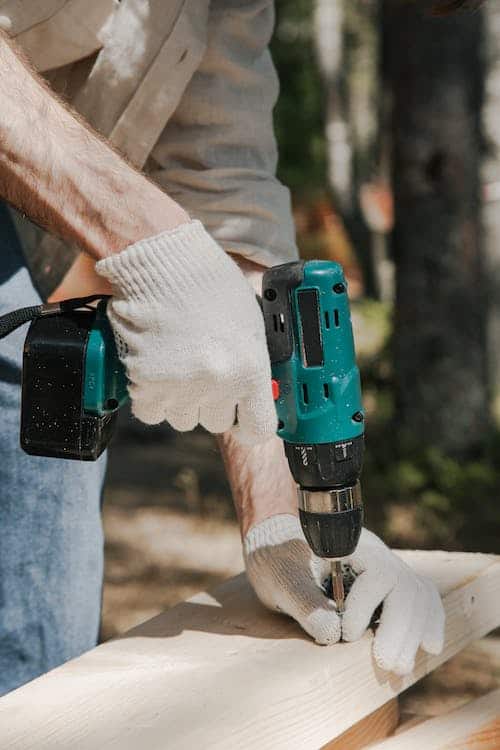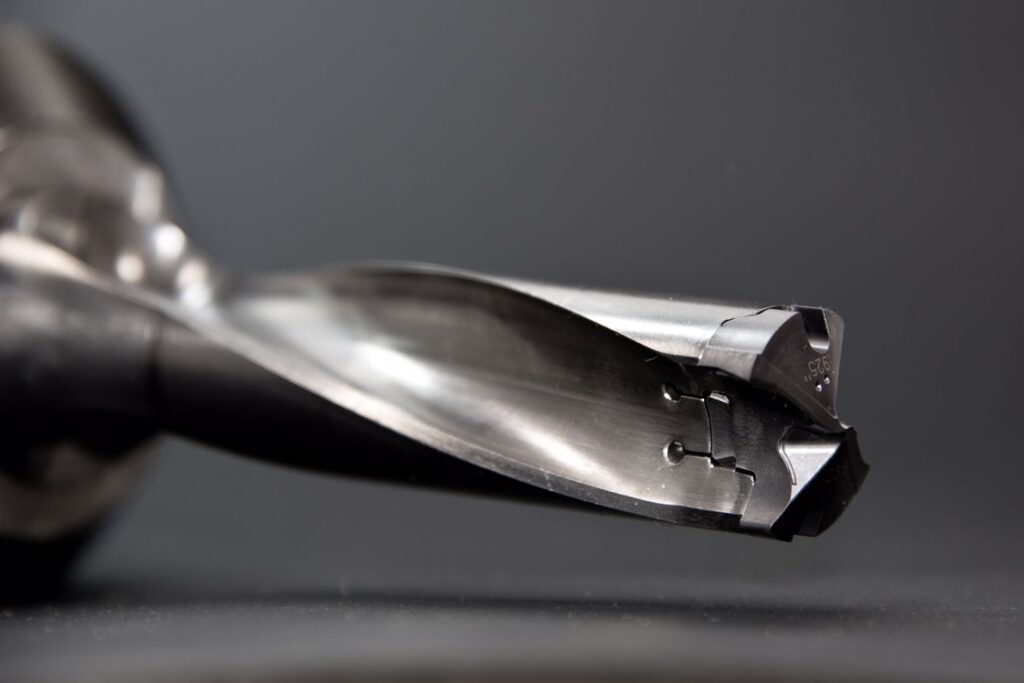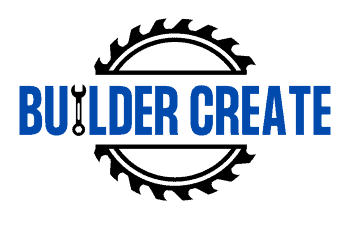#20 screws not a standard-size screw. Because of their big size, they are not used much and have large threads for use in wood. If you are planning to use one though, it’s important to know the drill bit size to use with a #20 screw.
Contents
What Size Drill Bit for a #20 Screw?
A #20 screw needs a size drill bit depending on the pilot hole size on the intended wood and whether it’s hardwood or softwood. For softwood, you would need a size drill bit of 7/32 inches. For hardwood, you would need a size drill bit of 15/64 inches.

Be careful not to mistake this for a tap such as a 7/16-14 tap. This needs a large drill bit size much like the #14 screw.
Other types of #20 screws could have different-sized drill bits such as:
- AB self-tapping screws
- Type B self-tapping screws
- Type 25 thread-cutting screws
Tips for Using Large Drill Bits
Don’t Use Excessive Force
Large drill bits naturally make people think that you have to use more power. However, that is not the case. It’s better to focus on precision instead of power. When drilling, you must hold the drill vertically at all times for consistency.
You want to hold a 90-degree angle while you let the bit drill for you. A slight bend could cause the hole to be unaligned, and the exit hole will not be where you want it to be.
It’s wise to not use excessive force that can affect your accuracy and stability when holding the drill.
Monitor Your Progress When Drilling
As you are drilling, check your work to see if there are any adjustments you need to do. If there are lugs or jams, remove it and clean them up. You can use the bit to clear the hole from debris.

Make it a habit to pull out the drill bit every now and then and blow it off. This is important when you are drilling wood. Any flakes or chips of wood can get stuck in the bit.
The flakes and chips can make your drill bit heat up faster. This may be unnoticed by you. When your drill bit gets hot, it will function effectively less.
Make Use of the Hammer Action
Some drills have the hammer action feature. This allows you to “punch” on a hard surface repeatedly. For example, if you’re drilling through concrete, you might want to turn on the hammer action to make the drilling efficient.
Hammer action is a great feature, especially when using large drill bits for concrete. Concrete is hard to drill without the right equipment.
The hammer action makes a vibration that transfers to the drill bit that, gives it better penetration. This will lessen the time for you to drill on concrete and be less taxing on the drill bit since it’s supported by the hammering motion to penetrate the surface.
Conclusion
#20 screws are generally used for heavy-duty projects and construction. You will see these commonly used in places such as the United States, Canada, and even the UK. Make sure you use the right drill bit size to ensure the integrity of your construction.
